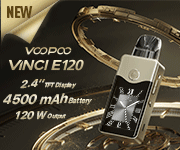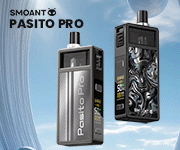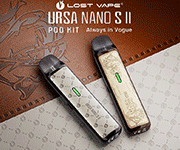Vaping Biker
Postman
- Joined
- Sep 15, 2014
- Messages
- 222
I wanted to get a better idea of the wicking properties of a bunch of popular (and in some cases expensive) cotton/wick material. After getting a bunch together and a spare 7 hours to get it done and published, here it is.
Tested were...
Regular Muji - still with the side pieces attached
Muji without the side pieces
Muji in a 'scottish roll'
Kendo Vape Cotton
Chaddo's Cotton
Shake & Vape
Cotton Bacon V2.0
Fibre Freaks
VCC - Vapers Choice Cotton
It's a long one, but I've had a good old go at being thorough
https://www.youtube.com/watch?v=3TGFOAQtI0o
Tested were...
Regular Muji - still with the side pieces attached
Muji without the side pieces
Muji in a 'scottish roll'
Kendo Vape Cotton
Chaddo's Cotton
Shake & Vape
Cotton Bacon V2.0
Fibre Freaks
VCC - Vapers Choice Cotton
It's a long one, but I've had a good old go at being thorough
https://www.youtube.com/watch?v=3TGFOAQtI0o



 I hope you can see where I am going with this ... the results that you saw with the VCC - or supima cotton is actually self-explanatory and expected - as the fibers of supima cotton are about 30% longer than other cottons the caterpillar behaviour is meant to be different to eg. japanese cotton - only Egyptian cotton (ELS) has the same structure and would behave the same ...
I hope you can see where I am going with this ... the results that you saw with the VCC - or supima cotton is actually self-explanatory and expected - as the fibers of supima cotton are about 30% longer than other cottons the caterpillar behaviour is meant to be different to eg. japanese cotton - only Egyptian cotton (ELS) has the same structure and would behave the same ...











